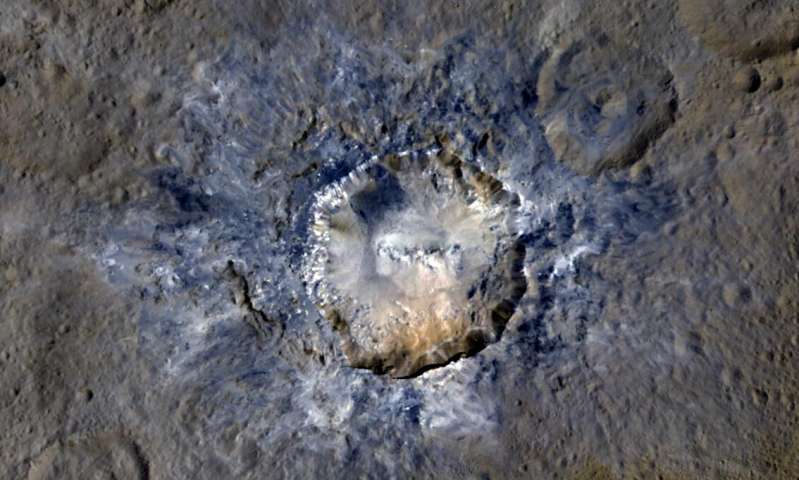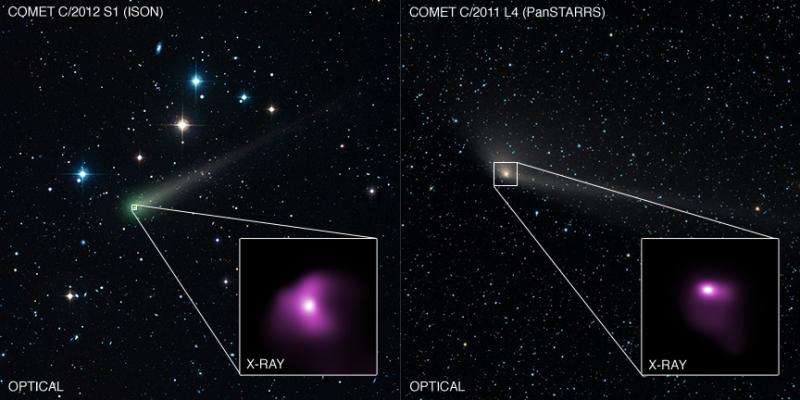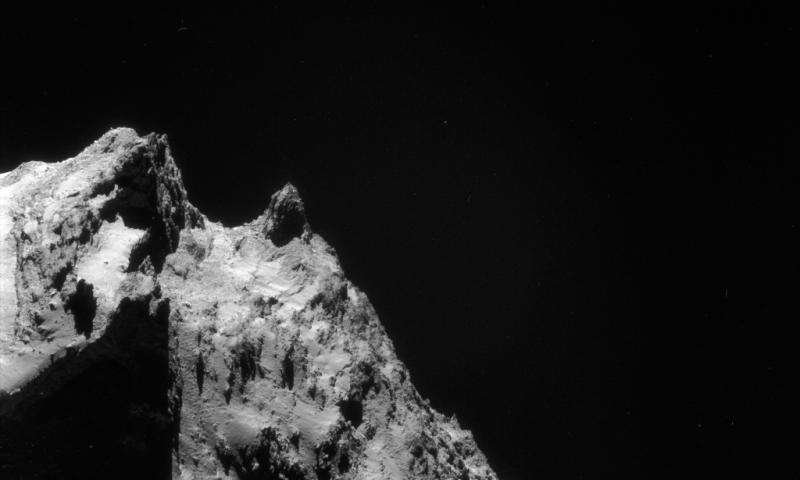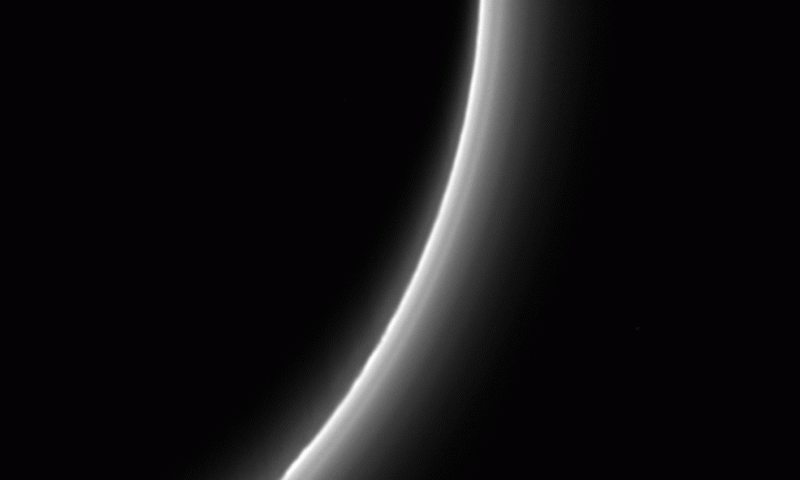At http://phys.org/print380286576.html … ESAs Venus Explorer sent back data just prior to plummeting down through its atmosphere. At the poles Venus is much colder that anywhere on Earth. Low altitude tests were carried out during the final months of the mission, taking the spacecraft deep enough to experience drag from the atmosphere. The spacecraft experienced deceleration as it probed into what was the layers of the upper atmosphere.
At http://phys.org/print380286831.html … new images of craters on Ceres

At http://phys.org/print380269643.html … the Chandra X-ray Observatory has been looking at comets ISON and PanSTARRS. Chandra detected x-rays emitted by the comets which are thought to be caused when particles in the solar wind strike the atmosphere, or coma of the comet (s). The process is known as 'charge exchange' – and Chandra data allowed scientists to estimate the amount of carbon and nitrogen in the solar wind (as well as neon).

At http://phys.org/print380263765.html … we are back to Comet Churyumov-Gerasimenko and the Rosetta Mission – a close up view on part of the comet's surface

At http://phys.org/print380270682.html … blue haze on Pluto … see below

